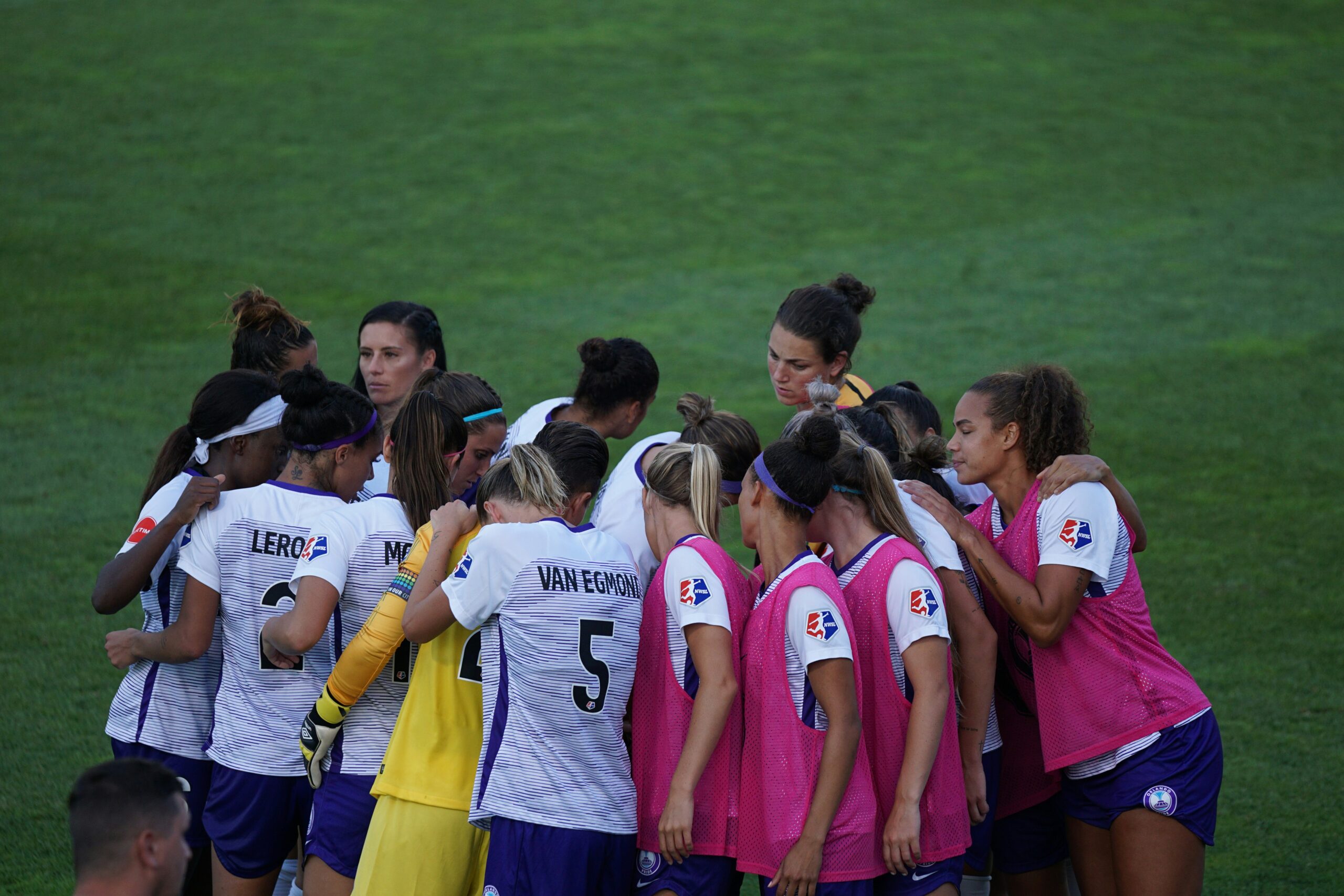Injury Prevention and Recovery in Soccer

Understanding Common Soccer Injuries
Soccer, a sport characterized by its dynamic and high-intensity nature, presents a significant risk for various injuries. Acute injuries, such as sprains, strains, fractures, and dislocations, are prevalent among soccer players. Sprains, particularly ankle sprains, occur when ligaments are stretched beyond their capacity, often due to sudden twists or impacts. Strains, on the other hand, involve muscle or tendon damage, commonly affecting the hamstrings due to rapid acceleration and deceleration movements.
Fractures, which are breaks in the bone, can result from direct impacts or falls, with the lower extremities being most susceptible. Dislocations, where bones are forced out of their normal positions, frequently affect the shoulders and fingers in soccer. Chronic injuries are also a concern, with conditions like tendinitis and stress fractures developing over time due to repetitive overuse. Tendinitis, the inflammation of tendons, often affects the Achilles tendon, while stress fractures are tiny cracks in the bone, commonly occurring in the feet and lower legs.
The knees, ankles, and hamstrings are the body parts most vulnerable to injuries in soccer. Knee injuries, including anterior cruciate ligament (ACL) tears, can be particularly debilitating and often require long recovery periods. Ankle injuries are widespread due to the constant pivoting and direction changes inherent in the game. Hamstring injuries are notorious for their high recurrence rates and can severely impact a player’s speed and agility.
Statistically, injury prevalence in soccer is significant, with studies indicating that professional players can expect to sustain an injury every two to three games. These injuries not only affect player performance but also have long-term implications for career longevity. The physical and psychological toll of repeated injuries can diminish a player’s ability to perform at peak levels, potentially curtailing their career prematurely. Understanding these common soccer injuries is crucial for developing effective prevention and recovery strategies to ensure the health and success of players at all levels.
Effective Injury Prevention Strategies
Preventing injuries in soccer is paramount for maintaining player health and ensuring optimal performance on the field. A comprehensive injury prevention strategy begins with proper warm-up and cool-down routines. Engaging in dynamic stretches and light aerobic exercises before a match or training session helps to increase blood flow, enhance flexibility, and prepare the muscles for physical exertion. Similarly, cooling down with static stretches and light jogging post-activity aids in reducing muscle stiffness and promoting recovery.
Strength and conditioning exercises are crucial for building muscle resilience and stability. Incorporating exercises that focus on core strength, balance, and agility can significantly reduce the likelihood of injuries. For instance, plyometric drills and resistance training enhance muscle power and endurance, which are vital for withstanding the physical demands of soccer.
Proper technique and form are fundamental in minimizing injury risks. Coaches and trainers should emphasize the correct execution of movements such as running, jumping, and tackling. Using improper techniques not only diminishes performance but also increases the susceptibility to injuries like sprains and strains. Regular training sessions should include skill drills that reinforce proper mechanics and body alignment.
Wearing appropriate protective gear is another critical aspect of injury prevention. Shin guards, for example, are essential for protecting the lower legs from impacts and collisions. Additionally, well-fitted cleats provide the necessary traction and support, reducing the risk of slips and falls on the field. Players should ensure that their gear is in good condition and suitable for the playing surface.
Rest and recovery are equally important in preventing overuse injuries. Adequate rest periods between intense training sessions allow the body to repair and strengthen. Incorporating rest days into the training schedule helps prevent fatigue and ensures sustained performance throughout the season. Moreover, proper nutrition and hydration play a vital role in maintaining overall player health. A balanced diet rich in essential nutrients supports muscle repair and recovery, while adequate hydration prevents cramps and heat-related injuries.
By integrating these strategies into their routine, soccer players can significantly reduce the risk of injuries and enhance their longevity in the sport. A holistic approach that combines physical preparation, proper technique, protective gear, and overall health maintenance is the cornerstone of effective injury prevention in soccer.
Immediate Response and Treatment of Soccer Injuries
When a soccer injury occurs, immediate response and treatment are crucial for minimizing damage and promoting effective recovery. The R.I.C.E. method—Rest, Ice, Compression, and Elevation—is a widely recognized protocol for managing acute injuries. This method aims to reduce swelling, alleviate pain, and prevent further injury.
Firstly, Rest is essential. The injured player should cease all activities that could exacerbate the injury. Immobilizing the affected area can prevent additional damage and facilitate the healing process. Avoiding unnecessary movement helps in reducing stress on the injured tissues.
Applying Ice to the injured area can significantly reduce swelling and numb the pain. It is recommended to use an ice pack wrapped in a cloth and apply it to the injury for 15-20 minutes every 2-3 hours during the first 48 hours post-injury. Ice should never be applied directly to the skin as it may cause frostbite.
Compression involves using an elastic bandage to wrap the injured area. This helps in limiting swelling and providing support to the affected area. The bandage should be snug but not too tight to avoid restricting blood flow. Regularly checking for signs of numbness or increased pain is important to ensure the bandage is not too tight.
Elevation of the injured limb above heart level is the final component of the R.I.C.E. method. This technique aids in reducing swelling by allowing fluids to drain away from the injury. Keeping the injured area elevated whenever possible is beneficial, particularly during the first 24-48 hours.
Seeking professional medical evaluation is equally important. A healthcare provider can assess the injury’s severity and recommend appropriate treatment. Physiotherapy often plays a critical role in the initial stages of injury treatment, promoting healing through targeted exercises and therapies.
Common first aid practices, such as cleaning and dressing wounds, are also essential. For pain management, over-the-counter medications like ibuprofen or acetaminophen can be effective. Supportive devices, including braces and crutches, may be recommended to provide stability and alleviate pressure on the injured area.
Long-term Recovery and Rehabilitation
The journey to full recovery after a soccer injury is multifaceted, requiring diligent adherence to a structured rehabilitation plan. This plan usually unfolds in several stages, each with specific goals and activities aimed at restoring function and preventing re-injury. Initial stages focus on reducing pain and inflammation, often through rest, ice, compression, and elevation (RICE). During this period, gentle range-of-motion exercises are introduced to maintain joint flexibility.
As healing progresses, the focus shifts to regaining strength and improving mobility. Physiotherapists play a crucial role in designing individualized exercise regimes that target the injured area while promoting overall physical fitness. These exercises are gradually intensified to ensure the body adapts without being overwhelmed. Techniques such as proprioceptive training, which enhances balance and coordination, are also integral to this phase.
A multidisciplinary approach is essential for a successful recovery. Collaboration between doctors, physiotherapists, and trainers ensures a comprehensive recovery plan. Doctors provide medical oversight, monitoring the healing process and making necessary adjustments. Physiotherapists implement targeted therapies, while trainers focus on conditioning and preparing the athlete for a return to the field. This team effort ensures all aspects of the athlete’s health are addressed, including mental well-being.
Mental health support is a critical component often overlooked in long-term rehabilitation. The time away from soccer, coupled with the challenges of recovery, can lead to anxiety and depression. Mental health professionals can provide coping strategies and support to help athletes maintain a positive outlook throughout their rehabilitation journey.
The reintroduction to training and competition must be gradual to prevent re-injury. This phase involves closely monitored, incremental increases in activity intensity. Functional drills that simulate game scenarios help prepare the athlete for the physical and mental demands of competition.
Advanced recovery techniques such as cryotherapy, hydrotherapy, and sports massage have gained popularity for their effectiveness. Cryotherapy reduces inflammation and pain, hydrotherapy facilitates gentle exercise in a low-impact environment, and sports massage aids in muscle recovery and flexibility. These methods, when integrated into a comprehensive recovery plan, can significantly enhance the healing process.
